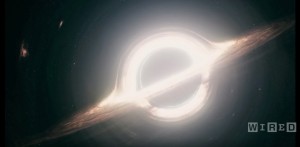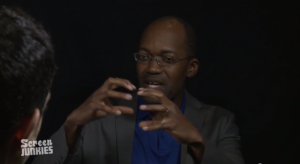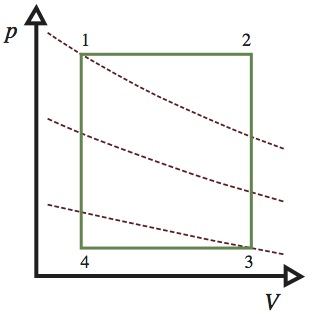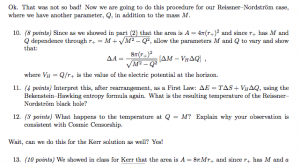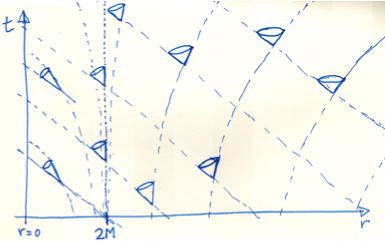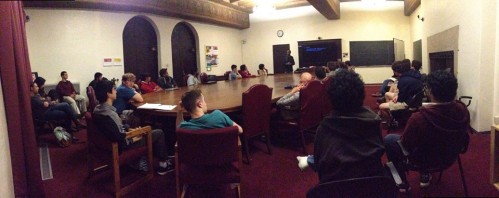I’m sitting on the bus, on my way to the LA Times Festival of Books. I’ve opened my notebook to maybe sketch a face or two, but then I spot an algebraic error on a page from a few days ago, so I set about correcting it….(you know, either for those historians who will argue about my intentions while poring over these once-lost manuscripts…. Or more likely for me in a few weeks, likely to get confused by my own blunder-in-haste with a kindergarten level variation.)
 A bearded fellow had boarded the bus and sat next to me while I was doing this. He eventually glances my way, then away, then he does a double take. I’ve been watching him out of the corner of my eye. He starts to speak to me.
A bearded fellow had boarded the bus and sat next to me while I was doing this. He eventually glances my way, then away, then he does a double take. I’ve been watching him out of the corner of my eye. He starts to speak to me.
Calc or Trig?
Excuse me?
Calc or trig?
Er…. Physics.
What are you studying?
I’m not…studying. It is my research.
Silence from him for a few beats, then:
Into what?
Charged black holes.
I should say at this point that I get this a lot. No matter who I meet out there in the random world, or what they see me writing, the assumption is always that I am taking a class in high school mathematics. Why is that? People, at least guess for some of the time that I might be at least teaching it, even if you can’t imagine people doing research in this area. The grey hairs in my beard are a guide to your assumptions.
Another gripe: if you see someone writing words, and want to engage them in conversation about it, you don’t assume they are practicing the basic structures… Imagine the analogous exchange: Are you practicing joined-up writing madam, or spelling? Neither, I’m writing poetry.
Anyway, back to the conversation. So, as you recall, I said Charged black […] Click to continue reading this post →




